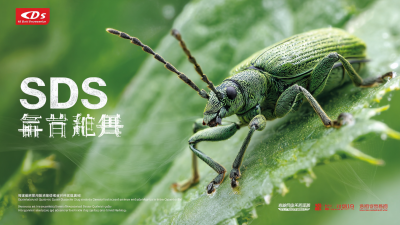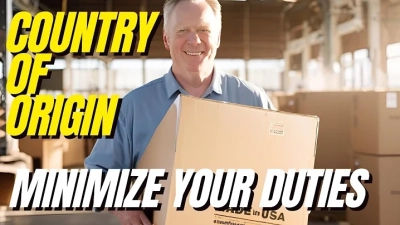 0551-68500918
0551-68500918 





Picking the right Msds Pesticide is super important if you want to manage pests effectively while also keeping things safe and in line with regulations. Honestly, with how fast pesticide formulas and processes are evolving, it can feel a bit overwhelming! But don’t worry, Innovation Meiland (Hefei) Co., LTD. totally gets it. Based in Hefei, China, we’re all about pioneering new pesticide solutions that not only meet those strict import and export certifications but also address our clients’ unique needs. In this blog, we’ll share seven key tips to help you find the perfect Msds Pesticide tailored to your situation, all while highlighting the importance of making informed choices to protect both your health and the environment.
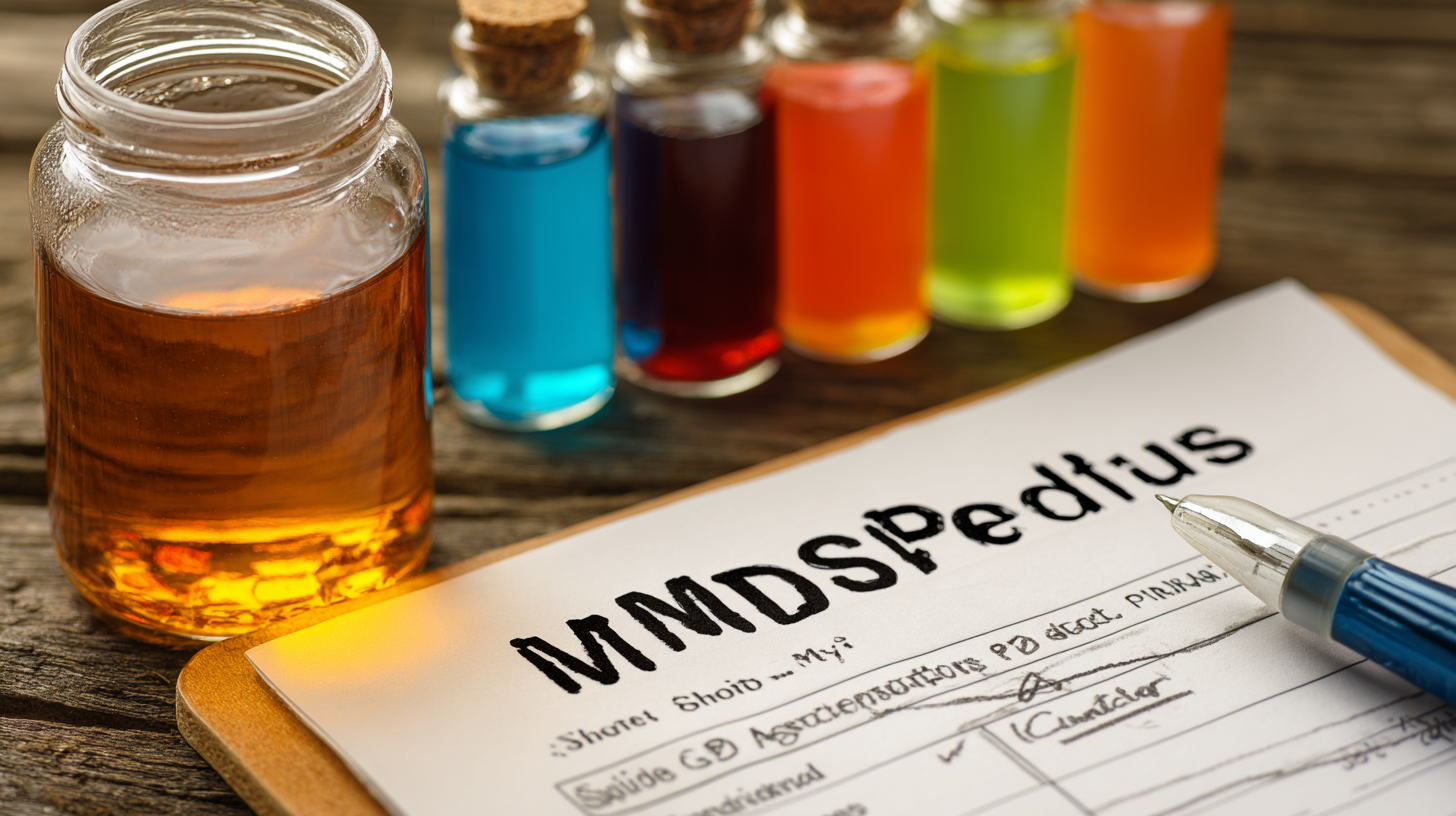
You know, if you're working in the Pesticide Industry, it’s really important to wrap your head around the significance of Material Safety Data Sheets, or MSDS for short. These sheets aren’t just some boring paperwork; they’re actually super crucial for getting a grip on what these chemicals can do and what hazards they might pose. Plus, they help you stay on the right side of the law when it comes to OSHA regulations, which are all about keeping workplaces safe. In pest control, that means it’s a must to weave MSDS into your safety management systems.
And here’s the thing: even though the deadline for complying with the Globally Harmonized System (GHS) might have come and gone, staying in the loop with the latest rules is absolutely key. Ignoring this can really bite you, with hefty fines and real health risks involved. Also, don’t forget that getting proper training on using personal protective equipment, or PPE, is a big deal – it’s all about protecting the workers from those nasty pesticides. By putting these safety steps front and center, pest control companies aren’t just ticking boxes; they’re actually creating a safer place to work for everyone involved.
Choosing the right Material Safety Data Sheet (MSDS) pesticide isn’t just about grabbing the first thing you see; you really need to think about how effective it is. A few important things to look at are toxicity levels, how you’re supposed to apply it, and how well it actually works against the pests you're dealing with. I came across this fascinating report from the Global Crop Protection Market, and it’s saying that by 2025, the demand for solid pest control solutions is expected to hit $82 billion! That really shows how super important it is to pick products that actually get the job done.
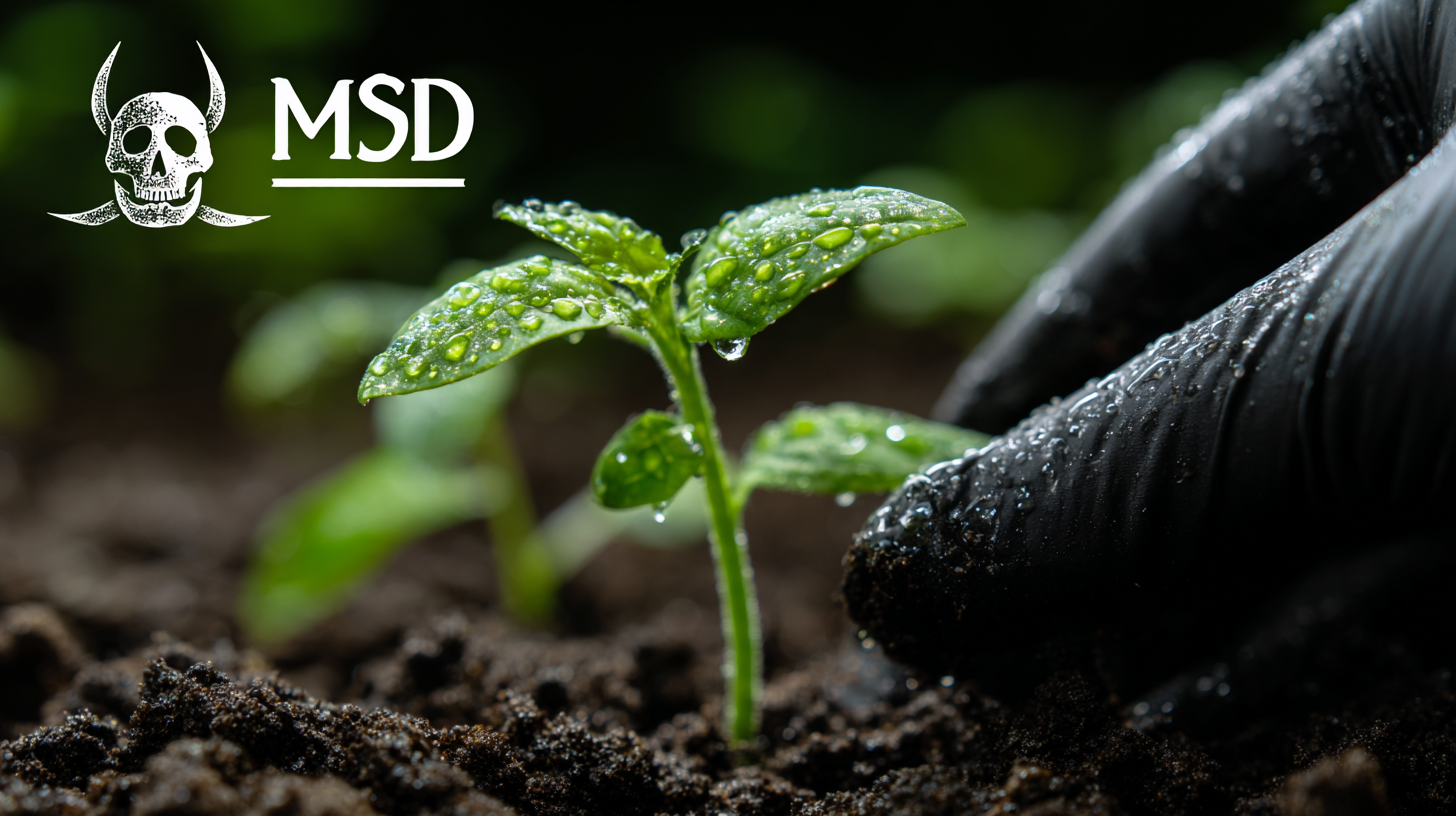
And you know what? The Environmental Protection Agency (EPA) has this neat way of sorting pesticides based on their active ingredients and what they’re targeting. This classification is super helpful because it helps folks make smart choices. You want to ensure that the pesticide you go for tackles the pests on your property but also meets safety standards. For example, I read this recent study in the Journal of Economic Entomology, and it talked about how pesticides with ingredients like neonicotinoids can be really effective, offering up to 90% success against certain pesky bugs. No wonder so many farmers rely on them!
But hey, it’s not just about effectiveness. You also have to think about the environmental impact of the pesticide. Research from the National Pesticide Information Retrieval System reminds us that some formulations may not just be less effective but could also harm non-target organisms, throwing off local ecosystems. So when you're looking into pesticides, think about both their efficacy and how safe they are for the environment. This way, you can choose solutions that not only solve your immediate pest problems but also support sustainable farming practices.
Picking the right pesticide is more important than it might seem, especially when it comes to keeping our environment in check. Lately, there’s been a big push towards eco-friendly alternatives because, let’s face it, a lot of people are worried about the nasty effects that traditional pesticides can have on our ecosystems. Going for an eco-friendly option not only helps out our friendly bugs and keeps our soil healthy, but it also vibes with the sustainable practices that so many of us care about these days. It’s super important to dig into products that leave behind minimal chemical residues and offer biodegradable choices; this way, we can really cut down on the negative impacts on the environment.
At Innovation Meiland (Hefei) Co., LTD., we’re all in when it comes to developing pesticide solutions that keep environmental safety front and center. We’re committed to creating new formulations and processes, ensuring our products not only work wonders on those pesky pests but also stick to eco-friendly guidelines. As more folks become aware of ecological issues, it's crucial to find pest management solutions that strike the right balance between getting the job done and being kind to the planet. So, when you choose products from companies like Meiland, you’re really taking a step towards a more sustainable agricultural scene while tackling pest problems effectively.
So, when you're picking out the best MSDS pesticide for what you need, getting a good grip on the active ingredients is super important. These ingredients really drive how effective a pesticide will be for your particular situation—whether you're wrangling pests in your garden or on a larger agricultural scale. As you're diving into the nitty-gritty of these ingredients, think about how they work, how toxic they might be, and their lingering effects. The right active ingredients can really zero in on those pesky pests while keeping the good bugs and the environment out of harm's way.
Here's a handy tip: do some digging into those active ingredients and see how well they stack up against the pests you’re trying to kick out. You might find that some work wonders on certain insects, while others might cover a wider range. And don’t forget to check the safety info on these active compounds! You want to make sure they're safe for the people and pets around your area.
Oh, and one more thing—think about how the pesticide is formulated. Some are crafted for specific uses, like granules for treating soil or sprays meant for the leaves. Knowing these details can really help you pick a product that fits your pest control game plan and how you plan to apply it, you know?
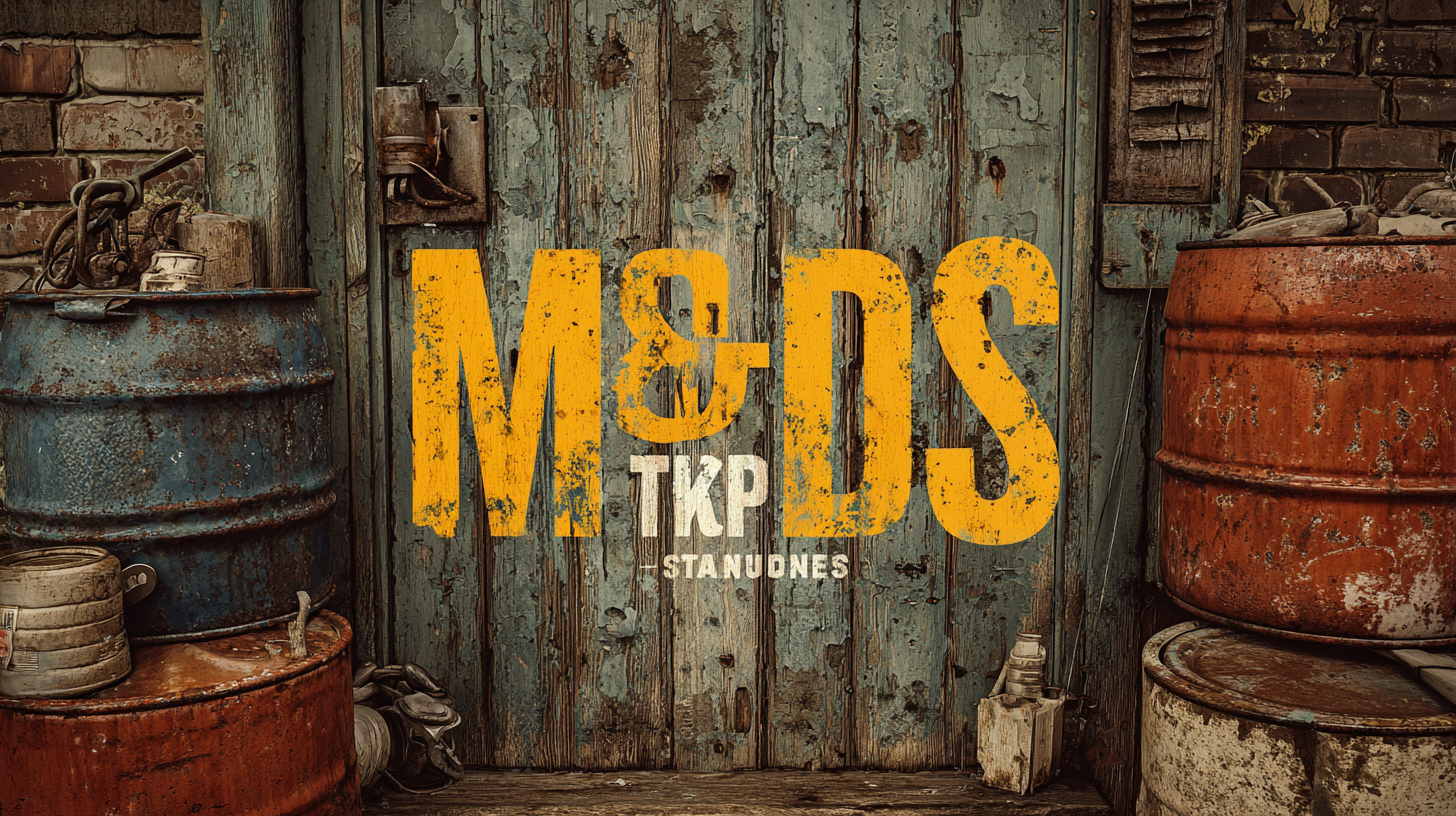
So, when you're thinking about picking a pesticide, one really important thing to keep in mind is whether it meets all the necessary regulations. I mean, every area has its own laws about pesticide use, and they’re there to keep us, other living creatures, and the planet safe. Before you go ahead and buy anything, make sure to check that the pesticide is registered with the right authorities, like the Environmental Protection Agency (EPA) if you're in the U.S. This registration isn’t just a formality; it means the product has been through a bunch of tests to prove it’s safe and actually works.
And hey, don’t stop there! It’s also a good idea to get yourself familiar with any local laws that might have more rules or guidelines. Different states or even countries have their own takes on what pesticides you can use and how to apply them safely. Being aware of these legal bits means you’re not only picking a product that will do the job but also staying on the right side of the law, which helps avoid any fines and also shows you're being responsible about pest control.
: MSDS serve as a vital resource for understanding the properties and hazards of chemicals and are essential for ensuring compliance with Occupational Safety and Health Administration (OSHA) regulations regarding safe working conditions.
Compliance with GHS is crucial as it ensures that all hazardous chemicals, including pesticides, are categorized and labeled consistently, which helps to prevent health risks and penalties related to non-compliance.
Non-compliance can lead to severe penalties, including fines and legal actions, as well as health risks for workers who may be exposed to hazardous pesticides.
Proper training in the use of personal protective equipment (PPE) is essential to safeguard workers from pesticide exposure during their use and handling.
It is crucial to verify that the pesticide is registered with appropriate regulatory bodies, such as the Environmental Protection Agency (EPA), to ensure it meets safety and efficacy standards.
Local regulations may impose additional restrictions or requirements that vary from one jurisdiction to another, making it essential to familiarize yourself with these rules to avoid penalties and promote responsible pest management practices.
By understanding legal standards, users can choose effective pesticides that comply with laws, reducing the risk of penalties and ensuring safer practices.
The EPA oversees the registration of pesticides, ensuring that they undergo thorough testing and evaluation to meet established safety and efficacy standards.
Integrating MSDS helps ensure compliance with OSHA and promotes a safer work environment by providing critical information on chemical hazards and safety measures.
Prioritizing safety measures not only helps with adherence to legal requirements but also fosters a culture of safety that protects workers from the risks associated with pesticide exposure.
